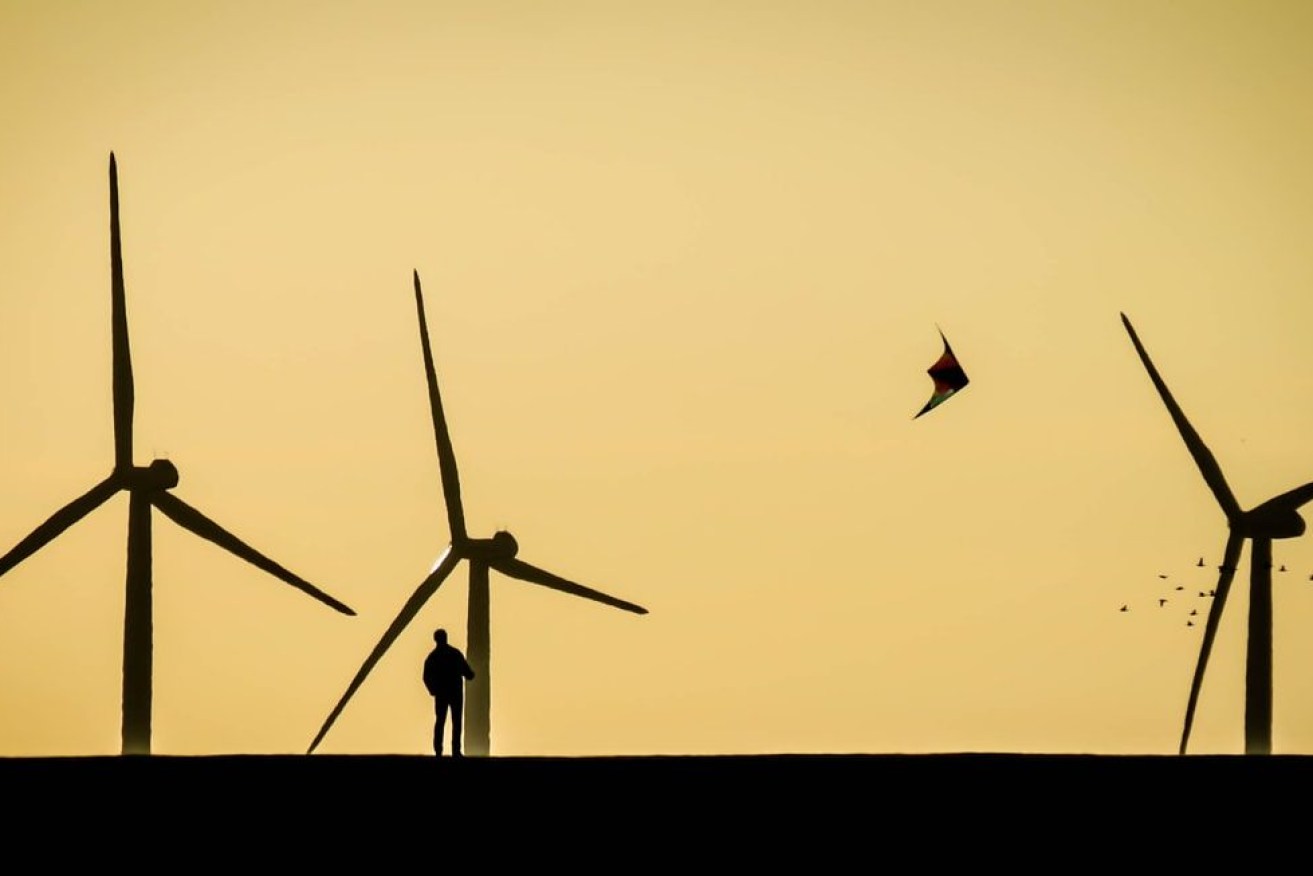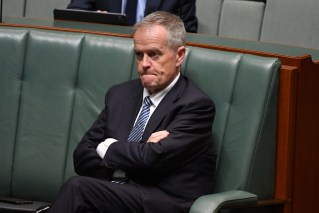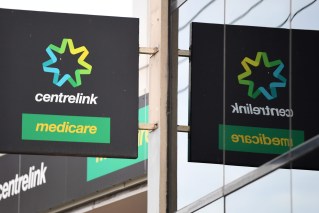Change in the air as costs falling for renewables, and hydrogen is next: CSIRO
Wind and solar energy sources have been found to be at least 50 per cent cheaper than other sources of power, even with the inclusion of batteries and transmission costs, according to a report from the CSIRO.


The State Government will fund a major wind farm project
And while solar and wind were expected to become cheaper, hydrogen sourced from water was likely to fall in costs to the point where it was about the same as the alternative source of gas.
Wind power was also becoming more effecient whereas carbon capture and storage (used to bury the CO2 from coal and gas-fired power stations) was seen to be lagging solar and wind.
The report from Australia’s national science agency, has more accurately calculated the integration costs of renewables in electricity generation and followed on from previous year’s reports.
This year, the report was improved by using a more accurate system for calculating the levelised cost of energy (LCOE), a metric to compare the cost of electricity generation technology.
CSIRO chief energy economist Paul Graham said the new metric added extra insight to this year’s report.
“Previous GenCost reports added arbitrary amounts of storage costs, but this year we used a model of the electricity system that optimises the amount of storage needed, and also includes additional transmission expenditure,” Graham said
“Even taking into account these extra system integration costs, solar photovoltaics (PV) and wind continue to be the cheapest new sources of electricity for any expected share of renewables in the grid — anywhere from 50 per cent to 100 per cent.
“This is projected to continue to be the case throughout the projection period to 2050.”
The updated analyses also find that solar PV and batteries were projected to continue experiencing the fastest cost reductions of any source of energy technology.
It said hydrogen electrolysers, used to produce the gas from water, were also projected to experience substantial cost reductions that would make them competitive with natural gas-based hydrogen production in the long run.
“Wind capital costs are falling more slowly than solar, reflecting their relative maturity as an energy source. However, wind capital costs continue to make gains through capturing more energy from the same wind resources, which means they will continue to be competitive.
“Costs reductions for technologies not currently being widely deployed, such as carbon capture and storage, nuclear small modular reactors, solar thermal and ocean energy are lagging and would require stronger global investment to realise their full potential.
AEMO group manager of forecasting Nicola Falcon said the report was critical to future modelling.
“Electricity generation costs are a key ingredient into the electricity sector modelling which underpins much of the sector’s strategic planning and policy analysis, including our Integrated System Plan,” Falcon said.












